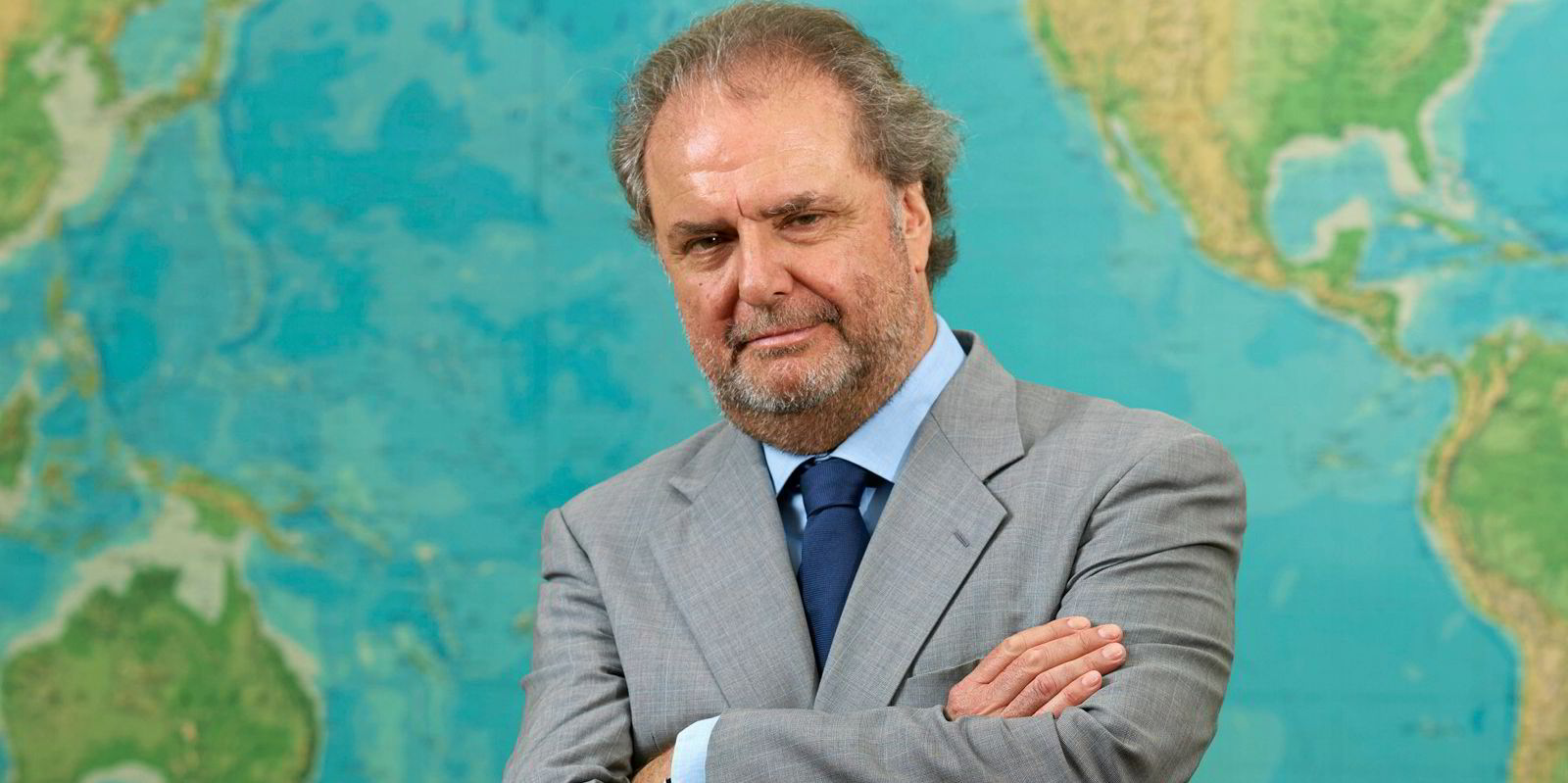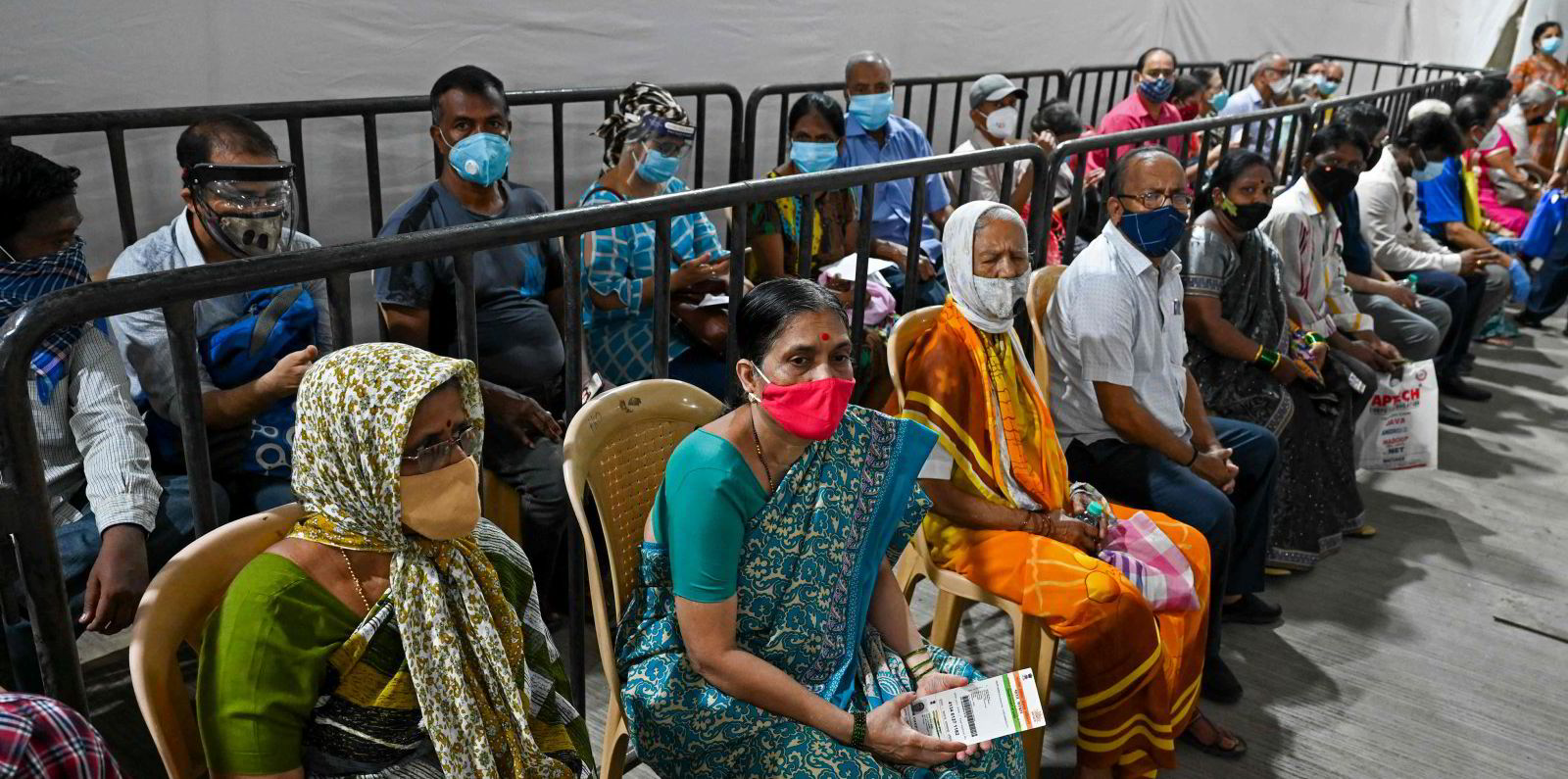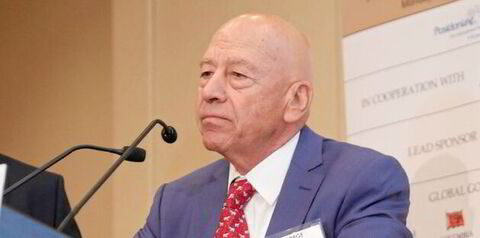Tanker owners are eyeing opportunities in west-of-Suez trades as the recovery in oil demand gathers pace in Europe and the US — but a wider reversal in the sector’s fortunes still appears some way off.
Oil analysts widely expect the two regions’ oil consumption to grow more than others in the latter part of this year, as mass Covid-19 vaccination programmes continue to progress well.
Favouring aframaxes, suezmaxes and product tankers, this trend would see market focus, at least temporarily, shifting away from China and the rest of Asia, the usual drivers of oil and tanker demand.
“We are currently seeing an uneven recovery ... with west-of-Suez oil demand having the upper hand,” data provider Vortexa freight analyst Ioannis Papadimitriou told TradeWinds.
“These markets are traditionally supported by short-haul routes and smaller parcels, meaning that this development will mostly benefit aframax and suezmax vessels.”
Opec expects oil demand in the OECD’s European members to grow from 12.8m barrels per day (bpd) in the second quarter to 13.7m bpd in the fourth quarter, according to its monthly report. US consumption is forecast to rise from 20m bpd to 20.5m bpd.
Drewry lead tanker analyst Rajesh Verma said: “The expected recovery in oil demand in Europe and the US in the second half of the year will undoubtedly provide the much-needed respite to the tanker owners as it boosts tonnage demand in the market.
“Higher demand in Europe and the US will increase refinery runs in these regions, supporting crude tanker demand.”
Most analysts believe Russia and West Africa could increase exports to meet the incremental demand, based on recent trade patterns. But the US is not expected to send more barrels to Europe.
Maritime Strategies International oil and tanker director Tim Smith said: “With US production growth looking weak, we are unlikely to see immediate gains from US crude exports in the short term.”
In general, crude tankers will feel the positive effects from oil demand recovery earlier than product tankers, because refineries would source more crude before raising shipments of refined products.
But Lars Barstad, interim chief executive of tanker owner Frontline, said this pattern could be disrupted by the pandemic.
“Demand is already recovering fast, and inventories are low throughout the value chain,” Barstad said. “We may see sudden shifts where arbitrages open up for products, incurring demand for transport from one region to another.
“During the last 18 months, we have also seen refinery capacity in Europe and [the] US shut down permanently, meaning as we recover, more products are expected to be sourced from Asia to supply European and US consumers. This will incur longer tonne-miles, favouring the large clean carriers.”
Analysts suggest MR tankers could also enjoy a boost, with European countries expected to export more gasoline to the US, import diesel from Russia and ship more cargo among themselves.
“As throughput increases with the demand recovery, we should see rising transatlantic, intra-European ... products flows, potentially benefiting the MR sector,” Smith said.
Spot tanker earnings have struggled to stay above operating expenses for most owners in recent quarters, with severe tonnage oversupply against the backdrop of weak oil demand.
While the West is expected to see a strong rebound in petroleum consumption, analysts warned that the impact on tanker rates might not be pronounced.

Bimco estimated that over the past year, the crude and product tanker fleets have grown by 3% and 2.2%, respectively, driven by continued newbuilding deliveries and limited demolition.
“As oil demand is not roaring back, by any measure, the impact on tanker freight rates is also likely to develop gradually,” Bimco chief shipping analyst Peter Sand said.
With global oil consumption not expected to return to pre-pandemic levels by 2022, others stressed that a strong improvement in freight rates is unlikely.
“Tonnage supply has increased significantly since the start of the pandemic, which will cap the utilisation rate,” Verma said. “Rates will recover from the current lows, but overcapacity will cap the gains.”
Papadimitriou agreed that freight fundamentals are not signalling a drastic change in rates: “We expect an uptick on rates through the second half of 2021, but tankers will have to bide their time for a complete recovery.”






